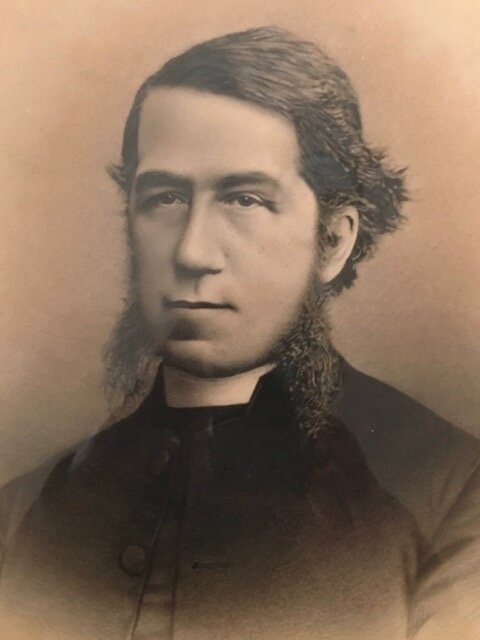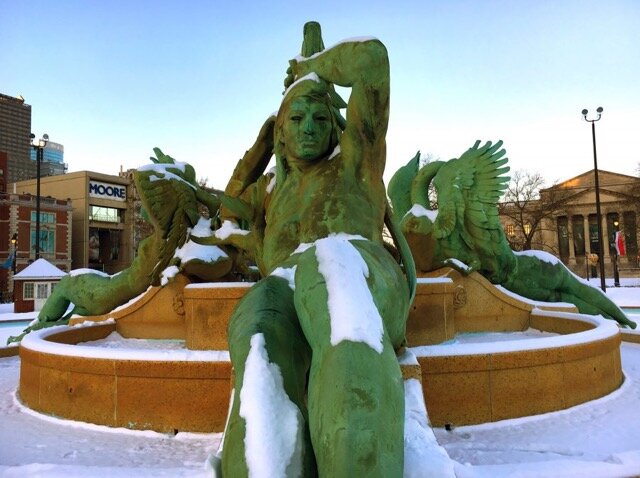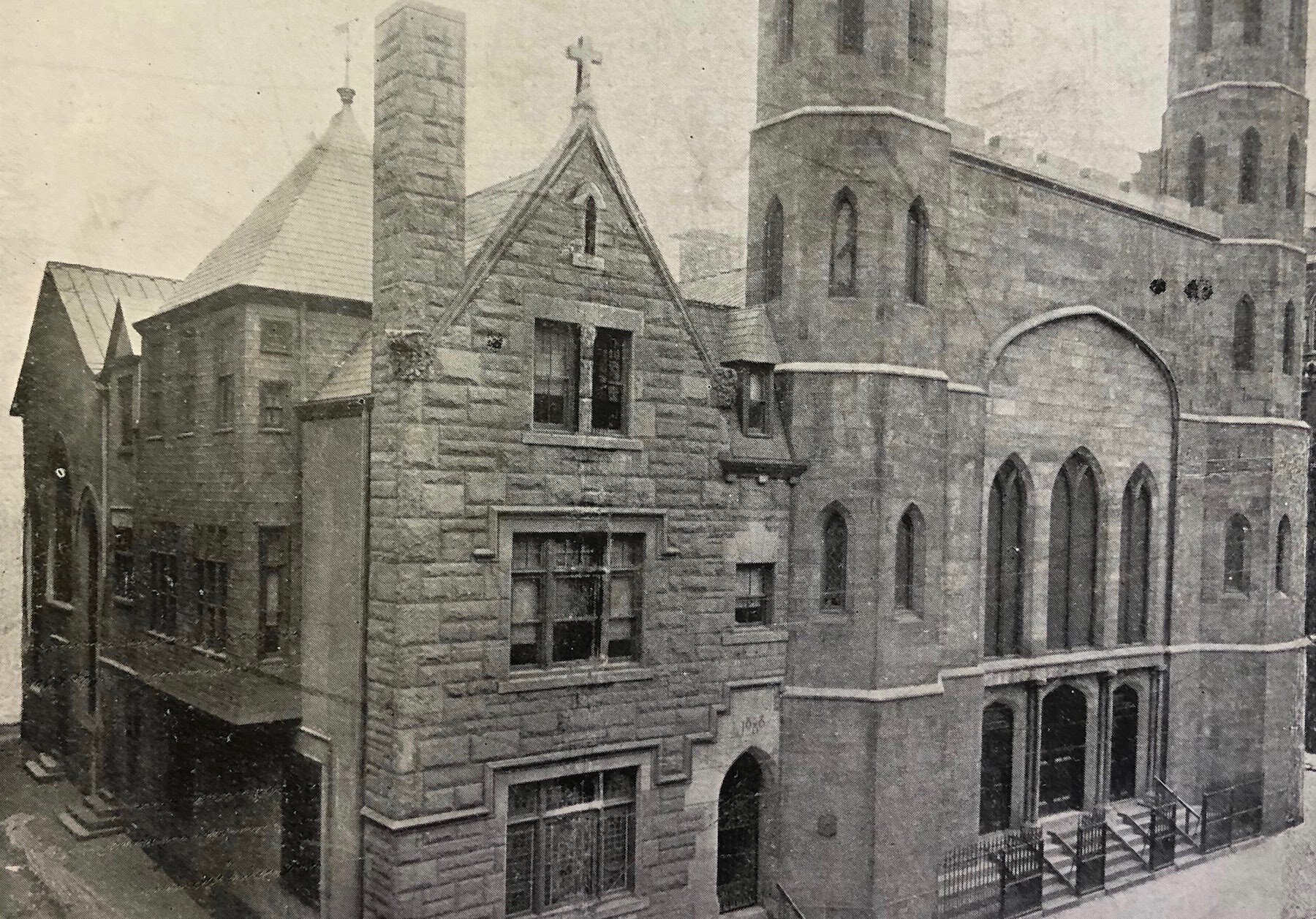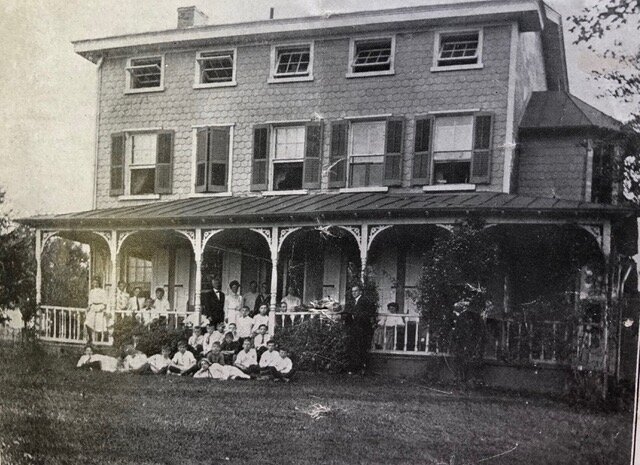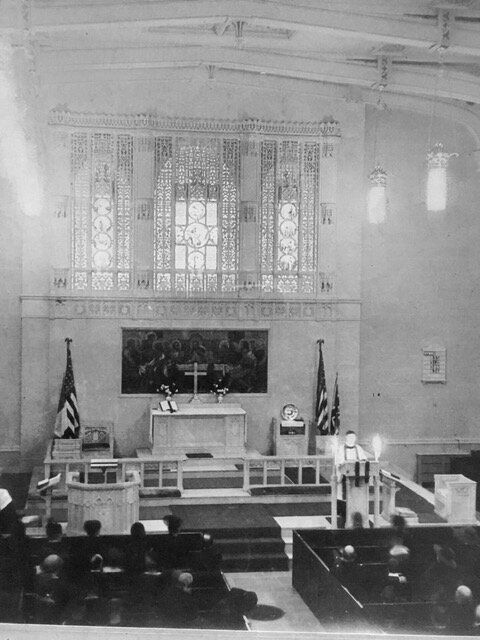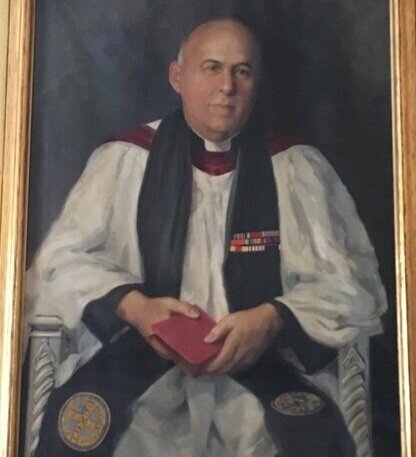
St. Stephen’s was designed by architect William Strickland on the site of the rented Methodist meetinghouse. How much of the older building was included is unknown.

February 27, 1823
The new building is consecrated as St. Stephen’s Protestant Episcopal Church in honor of the first Christian deacon and martyr. The Right Reverend Dr. John Henry Hobart, Bishop of New York, preaches the consecration sermon, publicly associating St. Stephen’s with his “high-church” principles.
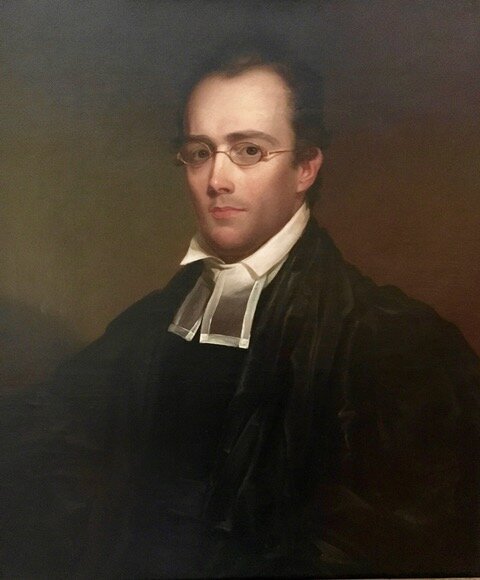
March 5, 1823
Vestry formally elects Rev. James Montgomery, the leader of the group that founded the congregation, as the first rector. He builds an active new congregation and consolidates the church’s doctrines and liturgy, as a “high church” parish, until his death on March 17, 1834.

January 20, 1822
A group of Episcopalians, led by Rev. James Montgomery, worships for the first time at a rented, abandoned Methodist meetinghouse (built around 1811) in a burgeoning neighborhood west of the city’s colonial roots. The group soon buys the property to build its own church.

The Burd Orphan Asylum, with its vast grounds, opens on the western outskirts of Philadelphia. It is administered by St. Stephen’s and built and supported by funds bequeathed by parishioner Eliza Burd (d. 1860) who first establishes a small asylum and school for girls who lost their fathers near her home near St. Stephen’s.

The Asylum becomes a famous feature of Philadelphia, attracting many visitors. Admitting only white, legitimate girls (daughters of Episcopal clergy preferred), over the decades, it evolved into a residence only. It moved to a smaller property in West Philadelphia and closed in the 1960s.







